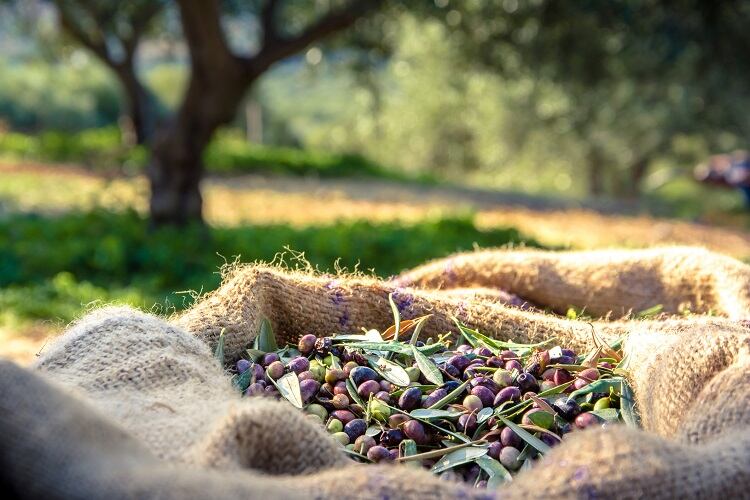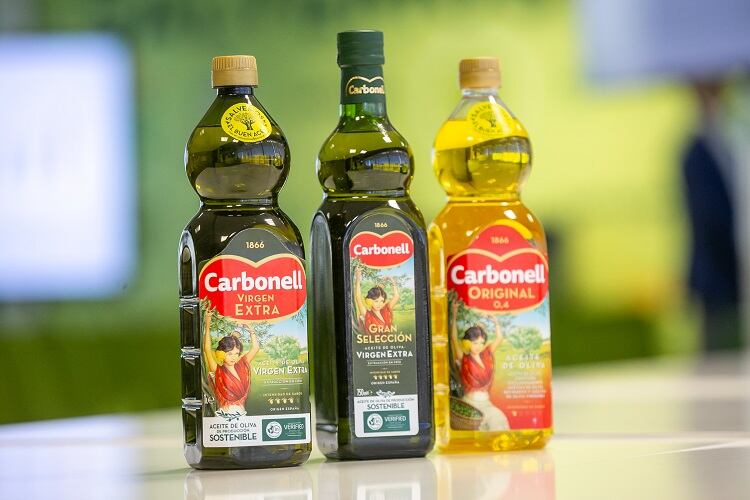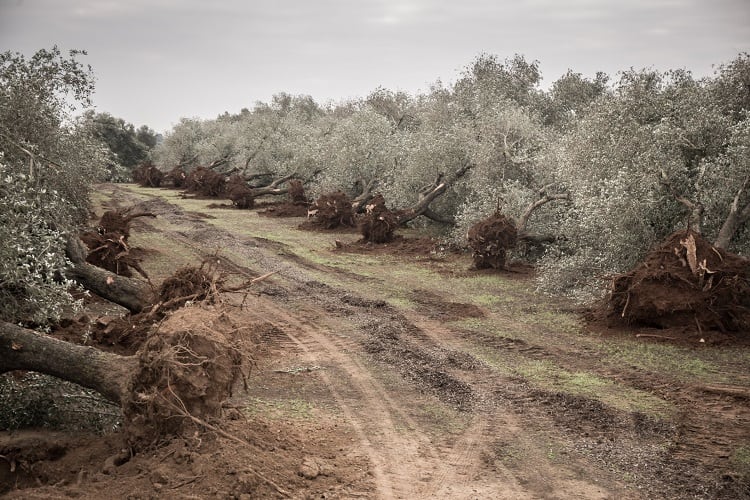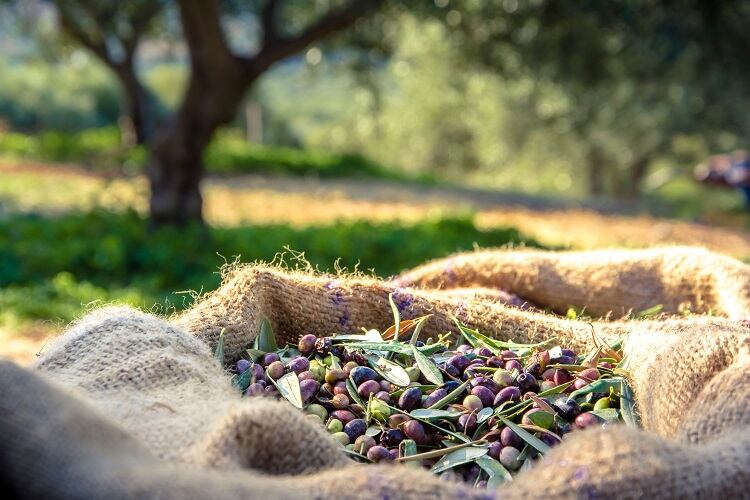Scientists from the University of Wageningen have developed an economic model to predict the potential future impact of olive tree blight Xylella fastidiosa in Southern Europe.
According to their findings, Italy, Greece and Spain are expected to lose ‘billions of euros’.
In a best-case scenario, whereby replanting with resistant varieties is feasible, Italy could lose between €0.6bn and €1.6bn. In a worst-case scenario, in which production ceases after orchards die off, the impact could reach €5.2bn.
In Greece, best-case scenario was estimated at a loss of €0.09bn, and worst-case, €1.94bn. And in Spain, a best-case scenario could see the industry lose €0.39bn. A worst-case scenario, however, could see producers lose up to €16.86bn.
‘One of the most dangerous plant-pathogenic bacteria’
Notorious olive blight Xylella fastidiosa is regarded one of the most dangerous plant-pathogenic bacteria worldwide.
Specifically, the University of Wageningen’s study focused on a subspecies of the bacteria known as Xylella fastidiosa pauca (Xfp).
The bacterium is naturally transmitted by insect vectors, which feed on the xylem of host plants. Symptoms include the leaf loss, dieback, and delayed growth. When the bacterium sufficiently obstructs the xylem, and water is unable to flow through the host, trees eventually die.
Xfp was first detected in olive trees in Europe in 2013. While efforts were made to control vectors and fell trees, the researchers believe the size of the area currently affected, and the presence of symptomless but infectious host plants, is ‘likely to hinder any attempts of disease eradication’.
Currently, Xfp is present in Portugal, Italy, France, and Spain. This latest study focused on the latter three, however, as these countries account for around 95% of the European olive oil production.
Where is Xylella fastidiosa hitting the hardest?
The Xylella fastidiosa outbreak has hit Italy, and more specifically the region of Puglia, the hardest, according to the International Olive Council.
The IOC is an intergovernmental organisation representing states that produce olives or products derived from olives, such as olive oil.
“In Puglia, the impact is disastrous,” an IOC-Madrid spokesperson told FoodNavigator. “JRC researchers with analyses of satellite images have estimated 6.5m olive trees were already seriously damaged by the end of 2017, with a strong growth trend.”
Producer organisation Coldiretti estimates that the financial damage already suffered by the regional olive oil industry has surpassed €1bn. The Italian government has allocated €300m to help the Apulian olive oil industry, we were told.
European olive oil industry
Even under slow disease spread, and the ability to replant infected trees with Xfp-resistant replacements, the researchers expect the disease to have detrimental impact on the olive oil industry.
Moving forward, the scientists stressed the necessity of ongoing research into cultivar resistance traits, alongside vector control and inoculum suppression, to limit the disease’s spread.

According to IRI data, the European olive oil market is worth €3bn, with extra virgin oil accounting for €1.2bn, and standard olive oil around €0.75bn.
Europe is the leading producer, consumer and exporter of olive oil – producing roughly 67% of the world’s total. Approximately four million hectares – predominantly in Southern Europe – are dedicated to the cultivation of olive trees.
Concerning consumption, Italy and Spain have the greatest annual intake – at around 500,000 tonnes each. Greece, meanwhile, has the largest EU consumption per capita, at around 12kg per person per year.
And in terms of trade, the European Union accounts for roughly 65% of world exports, with the main destinations for EU olive oil being the US, Brazil and Japan.
Insight from the world’s largest olive oil company
The world’s largest olive oil company, Deoleo, sells olive oil to more than 100 countries across the globe. Boasting 10% market share, the Spanish multinational is best known for its brands Bertolli, Carapelli and Carbonell.

Following up with the Madrid-headquartered firm to find out how Xylella fastidiosa and its pauca subspecies is affecting the business, Chief Quality, Regulatory and Product Officer Paula Lopes said the bacterium is a ‘critical issue’ for the industry.
Deoleo has been ‘carefully monitoring’ the Xylella fastidiosa threat since it first appeared two years ago, yet the company itself ‘is not directly affected’, Lopes told FoodNavigator.
This is because it sources olives from cultivating regions around the world, not just the countries in Europe where the bacteria has been identified, she continued. “We maintain a global supply chain of oils, selecting only those that meet our exacting requirements.”
Nevertheless, Deoleo shares the acute concerns of growers in hardest-hit Italy, as well as in Greece and Spain, we were told.
“Through industry associations and the European Commission, we are closely following the disease's evolution in the olive groves and among other kinds of plants, and we are confident that a solution will soon emerge thanks to measures that the Commission has mandated, such as annual surveys, contingency schemes and action plans for the eradication of this pest, backed by ongoing scientific research.”
What more can be done to stop the spread?
According to the International Olive Council, community legislation has been strengthened by the European Commission, which means that:
- Important restrictions on trade in plants are in place, with a ban on movement from infected areas and a requirement for ‘very strict’ phytosanitary controls on plants produced in free areas;
- There is an obligation for all Member States to carry out annual surveillance and monitoring activities;
- And an obligation to implement eradication programmes or, where this is no longer possible, containment. This includes monitoring with visual inspections and laboratory analysis, culling of infected plants, and vector control.
What more can be done to prevent Xylella fastiosa from spreading? The IOC recommends that surveillance programmes be intensified and optimised. Early detection using aerial imagery (remote sensing) could further prevent against spread.
The organisation is also advocating for the promotion of research activities aimed at developing resistant germplasm.
Source: PNAS
‘Impact of Xylella fastidiosa subspecies pauca in European olives’
Published 13 April 2020
DOI: https://doi.org/10.1073/pnas.1912206117
Authors: Kevin Schneider, Wopke van der Werf, Martina Cendoya, Monique Mourits, Juan A. Navas-Cortés, Antonio Vicent, and Alfons Oude Lansink
Updated 21 April 2020 with comment from the International Olive Council (IOC).




